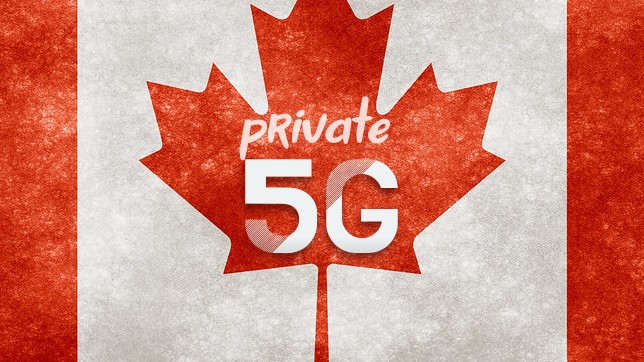The Canadian government has announced it will licence 80 MHz of mid-band spectrum at 3900-3980 MHz for local shared and private 5G networks. It has also proposed to release portions of the mmWave bands at 26 GHz, 28 GHz, and 38 GHz for local usage by enterprises and other non-traditional users. The government said it will implement an automated licensing system from 2024.
The department of Innovation, Science and Economic Development Canada (ISED), in charge of the new licencing framework, said it wanted to “help smaller users access 5G spectrum in very localized areas”. It listed agriculture, mining, manufacturing, healthcare, public safety and transportation as candidate industries to set up private and campus 5G networks with local spectrum.
Smaller internet service providers, plus rural and remote communities, will make use of the shared band, too, it said. The move follows a consultation in August 2022, including with: Amazon, Association of Equipment Manufacturers, Bell, Celona, Electricity Canada, Federated Wireless, Meta, Mining Association of Canada, Motorola Solutions, NTT, Qualcomm, Railway Association of Canada, Rogers Communications, TELUS, and Viasat, among many others.
ISED said: “5G is expected to dramatically change the telecoms landscape… New technologies [will]… support the creation and expansion of wireless applications in industry verticals… As the needs of these users continue to evolve, facilitating access to spectrum in a flexible manner will support the emergence of new and disruptive business models, and drive ongoing investment in 5G networks.”
It said a non-competitive local (NCL) licensing framework will spur Industry 4.0 in Canada, with private 5G positioned as the springboard for industrial innovation and economic growth. “Making these spectrum bands available through an NCL licensing framework is expected to support the creation and expansion of new services and applications in industry verticals. These industries may benefit from specialized uses, such as private networks, which enable a wide range of automated, robotic and remote operations for real-time monitoring, dispatching and emergency notifications,” it said.
It added: “Private networks are also likely to provide operators with the flexibility to satisfy their specific connectivity and coverage needs and manage their own networks to enable quality of services as they deem appropriate. Further, NCL licensing is expected to support private broadband networks on enterprise campuses, such as universities, stadiums and shopping centres. By focusing on approaches that make spectrum easily available in localized areas, and which facilitate deployment in different sectors of the economy, Canadian consumers will benefit from the increased investment and innovation that takes place.”

